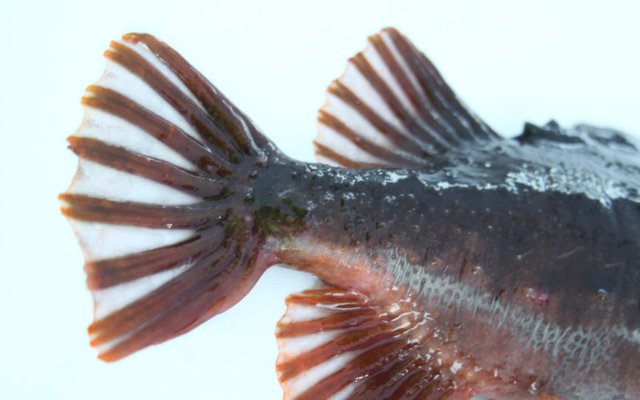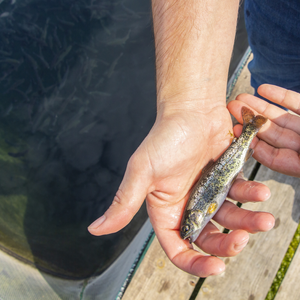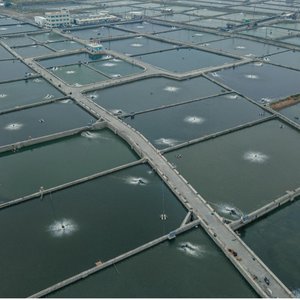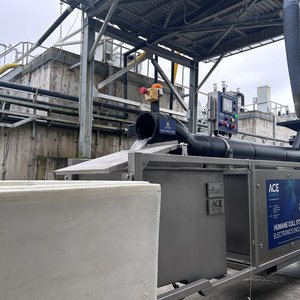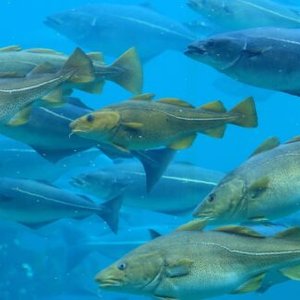The entire DNA sequence encoding the genes (genome) of the lumpfish has now been mapped. This allows us to study all the genes that contribute to traits such as growth, disease resistance and sea lice appetite with much greater precision than before.
Sequencing of the lumpfish genome can have benefits for both the industry and research institutions for various research purposes, says senior scientist at AquaGen, Tim Martin Knutsen. He has been working on the gene sequence in close collaboration with Tina Graceline and Matthew Kent from CIGENE (NMBU). The genome is open for free use and can be downloaded via the figshare publishing tool (DOI: 10.6084 / m9.figshare.7301546).
The genes for gender determination seem to have been found
An important milestone of great importance in the breeding programme and egg production is that the genes for gender determination seem to have been found. This can help us look at gender differences in growth and lice grazing, something we know very little about today. We can also select female fish for early breeding, and reduce the use of male fish that do not contribute positively to breeding programmes or egg production, says senior scientist at AquaGen, Maren Mommens.
The broodstock is to be raised at Namdal Rensefisk, which now, in collaboration with AquaGen, completes a state-of-the-art breeding plant for lumpfish of NOK 80 million in Flatanger, Norway.
Development of genomic search tools
AquaGen has also developed a search tool consisting of 70,000 gene markers used to detect differences in DNA encoding important traits. This marker set has a high resolution and is the first to be designed for lumpfish. Together with the genome sequence and information about where the different genes are placed in the genome, the marker set enables us to look for important genes with high precision, says Knutsen.
Investigation of disease resistance and lice grazing ability
During winter 2018 we will start a challenge test with the bacterial diseases atypical furunculosis and vibriosis, where we will investigate whether there are genetic differences between individual lumpfish in the resistance to these diseases. We have also studied lumpfish that are kept together with salmon in AquaGen’s own seawater facilities. We are counting how many lice each of the lumpfish have eaten while taking a tissue sample for DNA analysis. In this way we can find out if lumpfish with high lice appetite have special genetic variants we can breed for, says Mommens.
Mapping of the lumpfish’s genome is part of the research project "New species, new properties, new possibilities" which will run in the period 2017-2019. The project is funded by NMBU, Vaxxinova, AquaGen and the Research Council of Norway.


